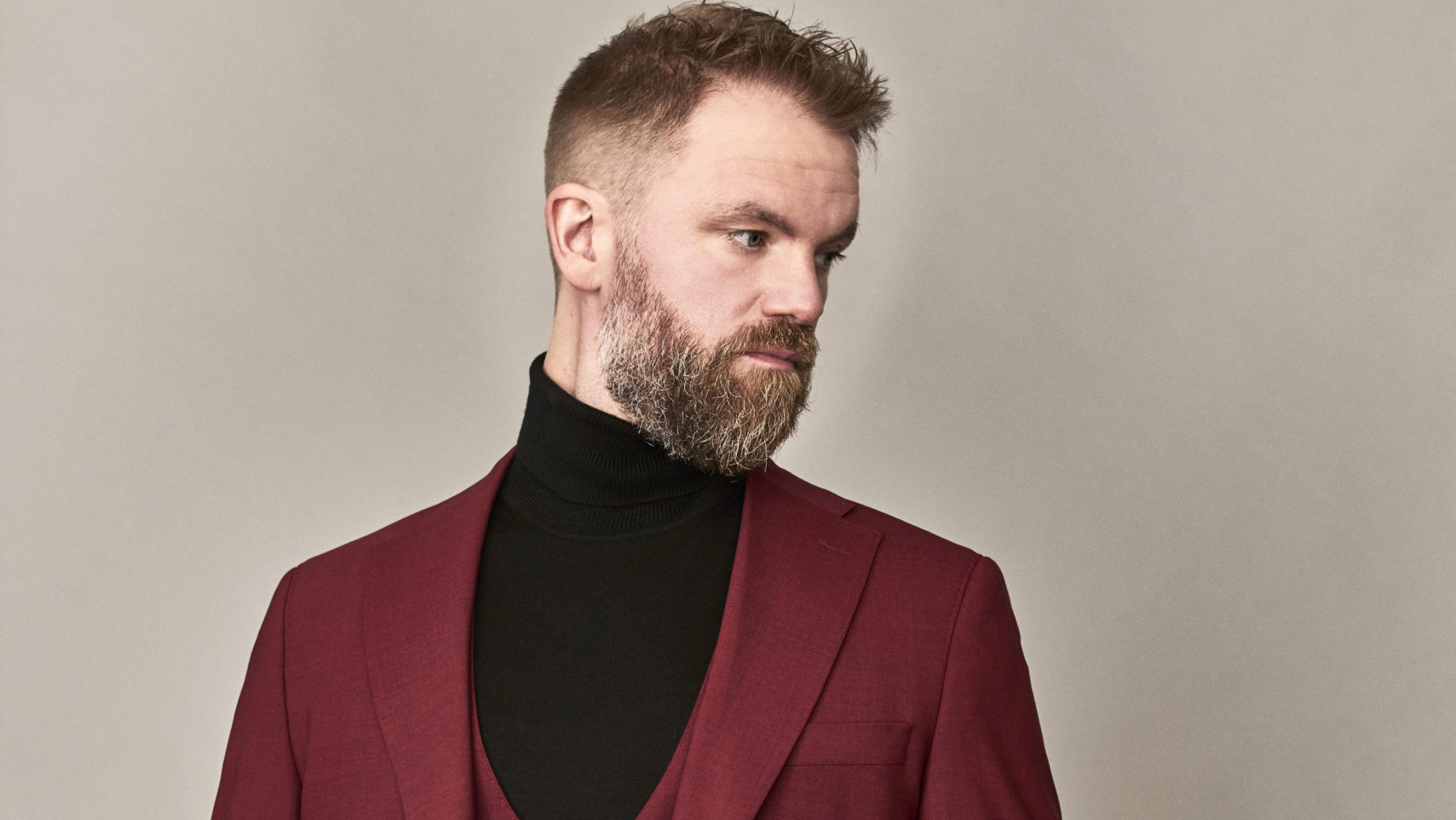Hector Berlioz’s Symphonie fantastique must be experienced live, when the symphony orchestra shines, blazes and takes the listener with it.
“What is this huge emotional storm, this intense suffering that is consuming me?” The 26-year-old Hector Berlioz was completely distraught with love while composing his Symphonie fantastique. The masterfully orchestrated work must be experienced live, when the symphony orchestra shines, blazes and takes the listener with it. “Cathedrals…a place of thought, growth, spiritual expression…serving as a symbolic doorway in to and out of this world.” Jennifer Higdon composed blue cathedral in memory of her late brother
Jennifer Higdon: blue cathedral
Jennifer Higdon (b. 1962) is a leading American composer of her generation. She wrote blue cathedral, possibly the piece by her most frequently performed, as a form of therapy following the death of her younger brother. She regarded the cathedral as an image of the soul rising to heaven and as a symbolic door between this life and the next. ‘Blue’ alludes to both the blue sky and the name of her brother, Andrew Blue Higdon.
“As I was writing this piece,” she says, “I found myself imagining a journey through a glass cathedral in the sky. Because the walls would be transparent, I saw the image of clouds and blueness permeating from the outside of this church. In my mind's eye the listener would enter from the back of the sanctuary, floating along the corridor amongst giant crystal pillars, moving in a contemplative stance. The stained-glass windows' figures would start moving with song, singing a heavenly music. The listener would float down the aisle, slowly moving upward at first and then progressing at a quicker pace, rising towards an immense ceiling which would open to the sky...”
Hector Berlioz: Symphonie fantastique: An Episode in the Life of an Artist, Op. 14
His passionate – unrequited – love for the Irish actress Harriet Smithson inspired Hector Berlioz (1803–1869) to compose a symphony the premiere of which was a veritable sensation in Paris in 1830. The actress was so impressed with it that she finally agreed to marry him. The marriage was a disaster.
Berlioz produced various versions of the symphony’s plot, but the core is always the same: the narrator falls in love with a woman personified as an idée fixe. Depressed, he seeks solace in opium and has a terrible guillotine nightmare. The story may well have been influenced by the autobiographical Confessions of an English Opium-Eater (1821) by Thomas de Quincy. The orchestration of the symphony is also ‘fantastic’, conjuring forth novel, previously unheard-of effects, especially in the finale.
The symphony is in five movements: Reveries – Passions, A Ball, Scene in the Fields, March to the Scaffold, and Dream of a Witches’ Sabbath. In the final scene, the beloved appears in the form of a witch and, after a parody of a liturgical Mass, the symphony ends with a psychedelic dance of death.
Christian Holmqvist
Tomas Djupsjöbacka
Tomas Djupsjöbacka (born 1978) is a Finnish conductor, cellist, and chamber musician. He currently serves as Principal Conductor of the Vaasa City Orchestra in the region of Ostrobothnia. Djupsjöbacka has conducted numerous Finnish orchestras, including the Helsinki Philharmonic Orchestra, the Finnish Radio Symphony Orchestra, Sinfonia Lahti, the Turku Philharmonic Orchestra, and the Oulu Sinfonia.
As a solo cellist and chamber musician, Djupsjöbacka has performed with orchestras in Finland and abroad since 1998. He is the founding cellist of the string quartet Meta4 and a long-time member of the renowned Chamber Orchestra of Europe. Djupsjöbacka was the first ever Principal Guest Conductor of the Lapland Chamber Orchestra from 2019 to 2022.
Tomas Djupsjöbacka graduated from the Sibelius Academy in Helsinki and the Lausanne Conservatory in Switzerland in 2003, with a major in cello performance. He commenced his conducting studies with Yannick Nézet-Séguin, Music Director of the New York Metropolitan Opera, and graduated from the Sibelius Academy in 2017.
Violin 1
Jan Söderblom
Kaija Lukas
Eija Hartikainen
Katariina Jämsä
Helmi Kuusi
Elina Lehto
Ilkka Lehtonen
Jani Lehtonen
Kari Olamaa
Petri Päivärinne
Kalinka Pirinen
Harry Rayner
Angeles Salas Salas
Sari Deshayes
Violin 2
Siljamari Heikinheimo
Kamran Omarli
Teija Kivinen
Teppo Ali-Mattila
Eva Ballaz
Heini Eklund
Dhyani Gylling
Matilda Haavisto
Anna-Maria Huohvanainen
Liam Mansfield
Siiri Rasta
Krista Rosenberg
Virpi Taskila
Violetta Varo
Viola
Ulla Knuuttila
Lotta Poijärvi
Petteri Poijärvi
Aulikki Haahti-Turunen
Kaarina Ikonen
Tiila Kangas
Carmen Moggach
Liisa Orava
Mariette Reefman
Markus Sallinen
Hajnalka Standi-Pulakka
Iiris Rannikko
Cello
Lauri Kankkunen
Jaakko Rajamäki
Jaani Helander
Mathias Hortling
Veli-Matti Iljin
Ilmo Saaristo
Saara Särkimäki
Johannes Välja
Tommi Wesslund
Pekka Smolander
Bass
Ville Väätäinen
Tuomo Matero
Paul Aksman
Eero Ignatius
Venla Lahti
Tomi Laitamäki
Josh Lambert
Adrian Rigopulos | Flute
Janette Leván
Jenny Villanen
Oboe
Hannu Perttilä
Paula Malmivaara
Nils Rõõmussaar
Clarinet
Osmo Linkola
Anna-Maija Korsimaa
Bassoon
Markus Tuukkanen
Erkki Suomalainen
Mikko-Pekka Svala
Noora Van Dok
Horn
Ruben Buils Garcia
Mika Paajanen
Miska Miettunen
Marian Strandenius
Trumpet
Thomas Bugnot
Pasi Pirinen
Michael Olsen
Mika Tuomisalo
Trombone
Valtteri Malmivirta
Anu Fagerström
Jussi Vuorinen
Gabriel Ferreira
Tuba
Ilkka Marttila
Simo Finni
Timpani
Mikael Sandström
Tomi Wikström
Percussion
Xavi Castelló Aràndiga
Pasi Suomalainen
Sampo Kuusisto
Harp
Anni Kuusimäki
Minnaleena Jankko
Lily-Marlene Puusepp
Keyboard
Mirka Viitala |

